This 'rustic fantasy' tabletop RPG couldn't feel more different to D&D: 'That sense of the hidden and the spiritual has just been dumped, and we want to bring that back to life'
Legend in the Mist is a fantasy follow-up to the smash hit TTRPG City of Mist, and it's on Kickstarter now.
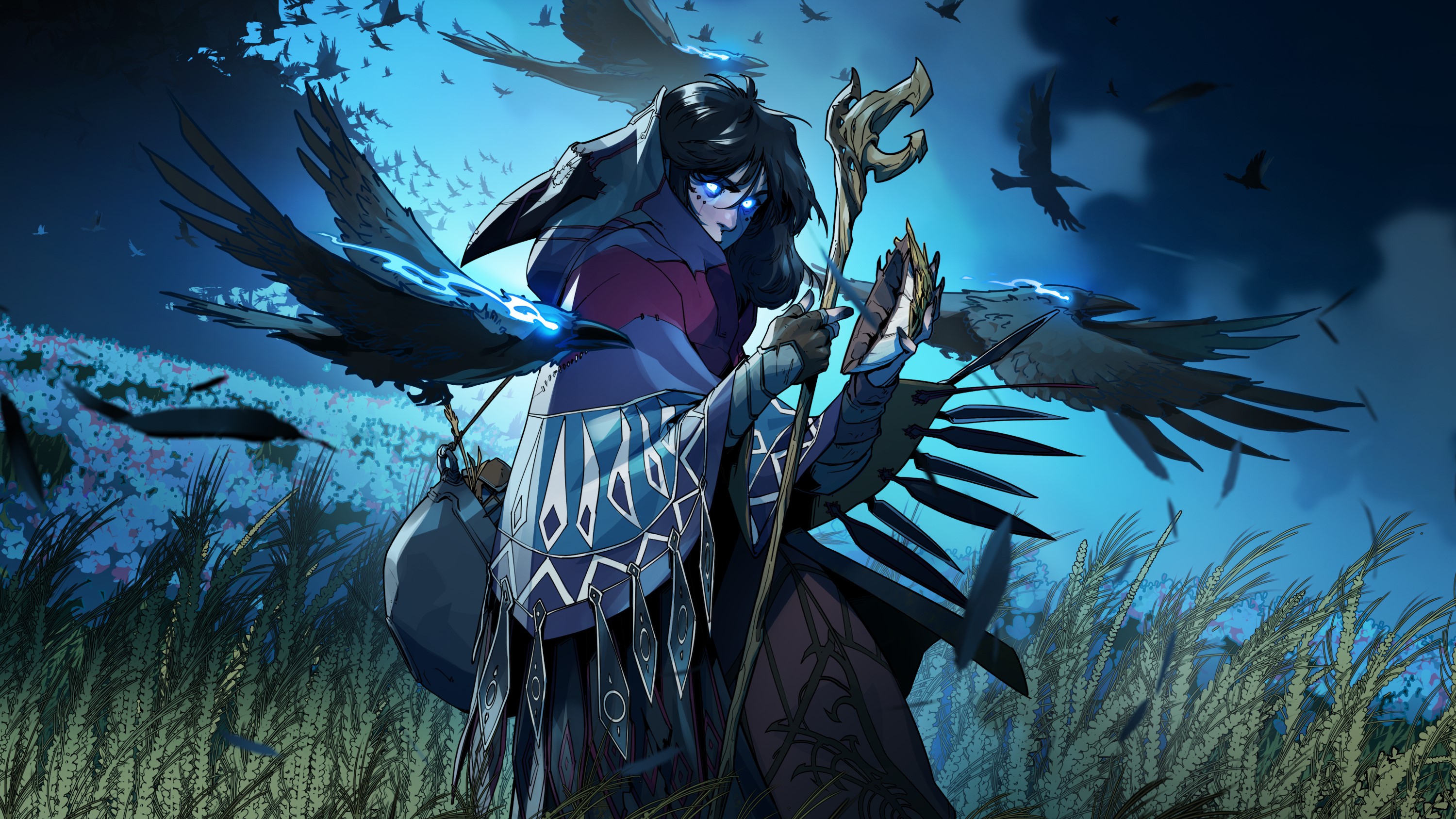
City of Mist has been one of the biggest breakout hits in tabletop roleplaying in recent years—a unique noir-superhero game about people gaining the powers of the heroes and villains of mythology. Now, after two hit Kickstarters and the release of a whole flood of adventures, supplements, and spin-offs, the creators at small independent studio Son of Oak are ready to step into a new realm: fantasy.
The result is a new game built as an evolution of City of Mist's system. Called Legend in the Mist, it's certainly off to a strong start—just two days after launch, its Kickstarter has raised over $450,000 and counting, more than both of City of Mist's crowdfunding campaigns combined.
It's a reminder of quite how dominant fantasy is as a genre in the hobby. It opens any game up to a wider audience, but that also makes it the most hotly-contested genre in tabletop RPGs. Carving out a space for a new game means not only squaring up to an enormous amount of your peers, but also the biggest elephant in every room: Dungeons & Dragons.
Chatting to Son of Oak founder Amit Moshe and lead artist Daniel Pinal, it's clear they've put a lot of thought into what makes Legend in the Mist stand out—and what it can offer to those used to turning to D&D for all their fantasy needs. Amit begins with what feels like a mission statement for Son of Oak:
"What we focus on are narrative games that are very accessible," he says. "So really what we're trying to do is to make roleplaying a much more casual, in some ways, affair, with a lot less calculations and a lot less memorising."
Words of power
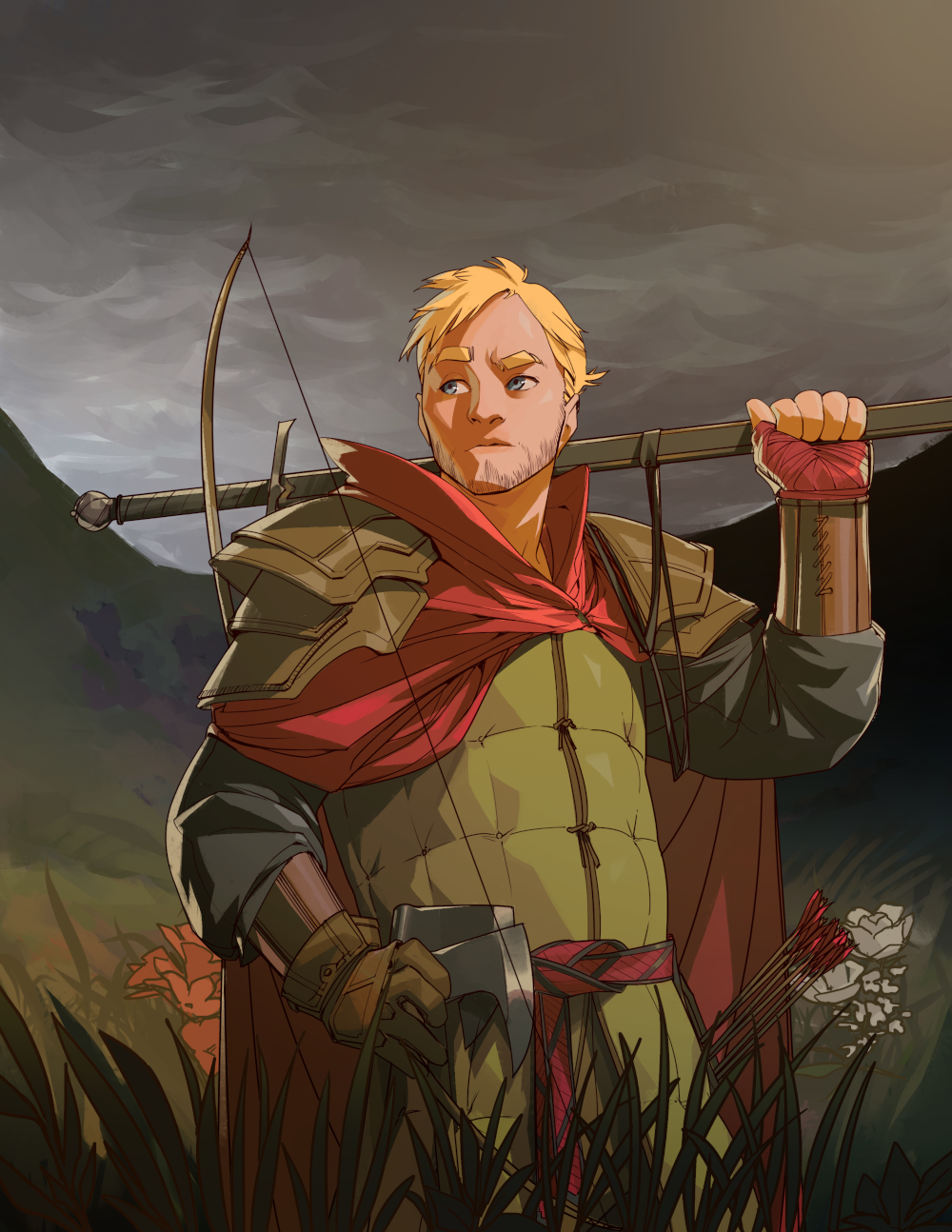
That translates to gameplay driven by descriptors more than numbers—"character sheets that you can play just by reading them". Rather than including your Dexterity score and your chance to hit with a bow, your sheet might say 'Expert Thief' and 'Can Hit a Bullseye From a Mile Away'. When you take an action, simply roll 2d6 and add +1 for every descriptor that could logically apply. The system builds on this idea in all sorts of interesting ways, but those very straightforward bones beneath bind it all together.
"That's what gives [the system] its flexibility," says Moshe. "Because these descriptors can be anything from abilities, gear, skills, heritage, but they can also be narrative things like backstory details, catchphrases. They can be tactical properties or features of the current scene. It's really endless."
The biggest gaming news, reviews and hardware deals
Keep up to date with the most important stories and the best deals, as picked by the PC Gamer team.
That core idea already makes City of Mist a fast and accessible experience—but Legend in the Mist seeks to streamline it even further, removing any remaining barriers to entry. For example, condensing City of Mist's various "moves" (a list of specific actions you can take with individual rules) down into one universal action that simply has different effects and consequences depending on the situation.
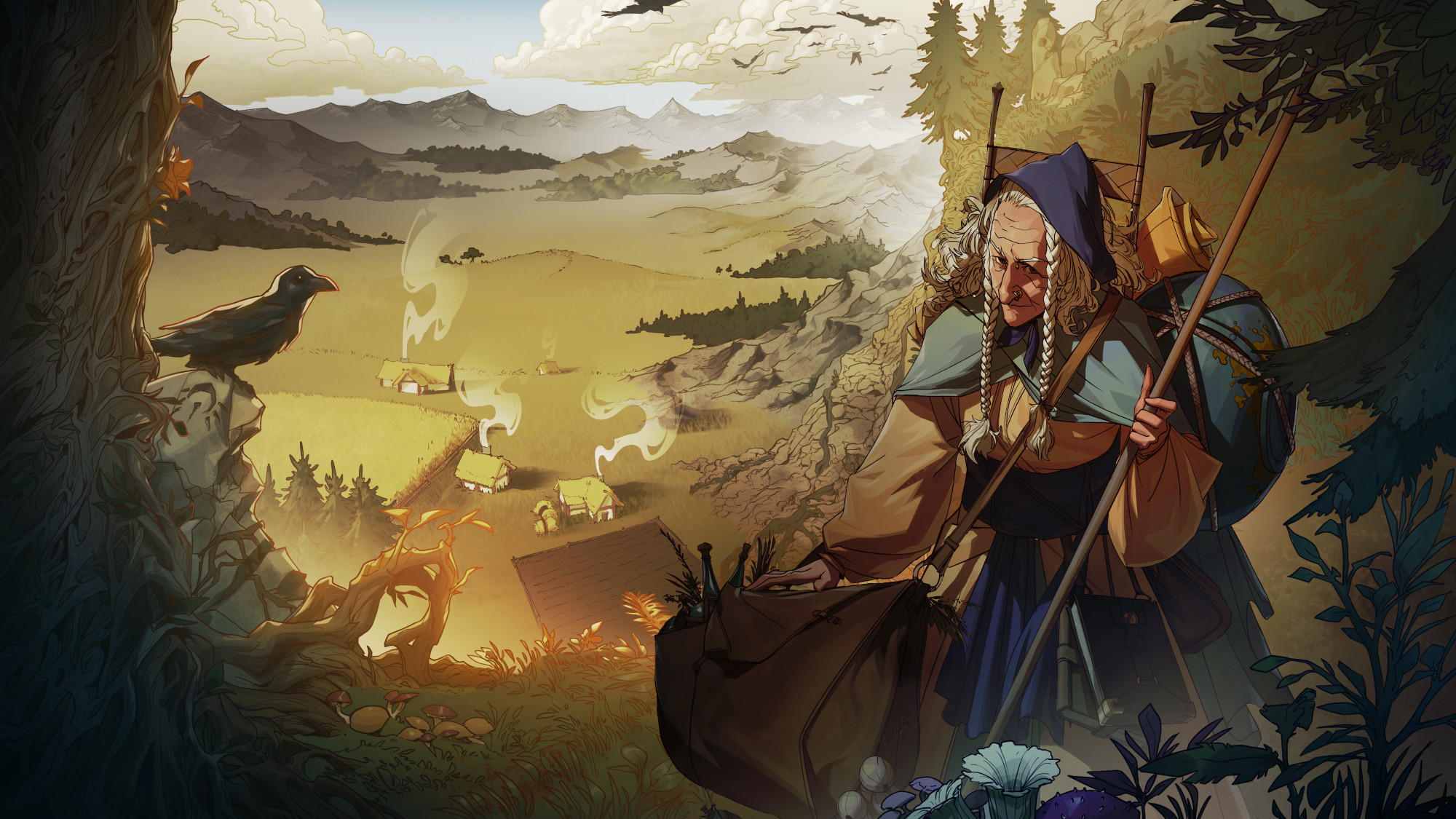
If Legend in the Mist has you intrigued to check out other alternatives to D&D, why not check out a list of our favourites? On the other hand, if all this talk of getting rid of stats and numbers makes you wince, you might prefer our look back on the most ridiculously broken D&D builds of all time.
Character creation is also more open—in City of Mist all characters were defined by the push-and-pull between their mortal qualities and their mythical side, but Legend in the Mist widens out that idea. Descriptors are drawn from broader categories such as your Origin (your ties to your home and your humble beginnings), your Adventure (what you've learned or found out in the world), and your Greatness (aspects of far-reaching importance, such as becoming the ruler of a land). As you play, your character can grow and change, gaining new tags and losing old ones—perhaps leaving their origins behind to follow a great destiny, or instead clinging tightly to them and refusing to be swayed by promises of power and grandeur.
All of that means you can build and develop almost any fantasy character you can imagine with the same simple set of tools. And, importantly, it doesn't matter if the party is a mix of characters who would seem to be of wildly different power levels, because the system is built around narrative importance more than mechanical strength.
Think of Gandalf and Frodo—one is a bearer of ancient knowledge, a caster of magic spells, and a skilled warrior wielding a magical sword; the other is three feet high and has barely left his house before. But they both hold an equal narrative importance, and both get to have their own major impact on the story, even if one is defined more by Adventure and Greatness and the other by Origin. That's something D&D struggles to represent—a level 1 Rogue is never going to be able to keep up with a level 20 Wizard in that system—even though it's actually very common to the fantasy stories and myths that inspired the hobby in the first place.
A familiar ring
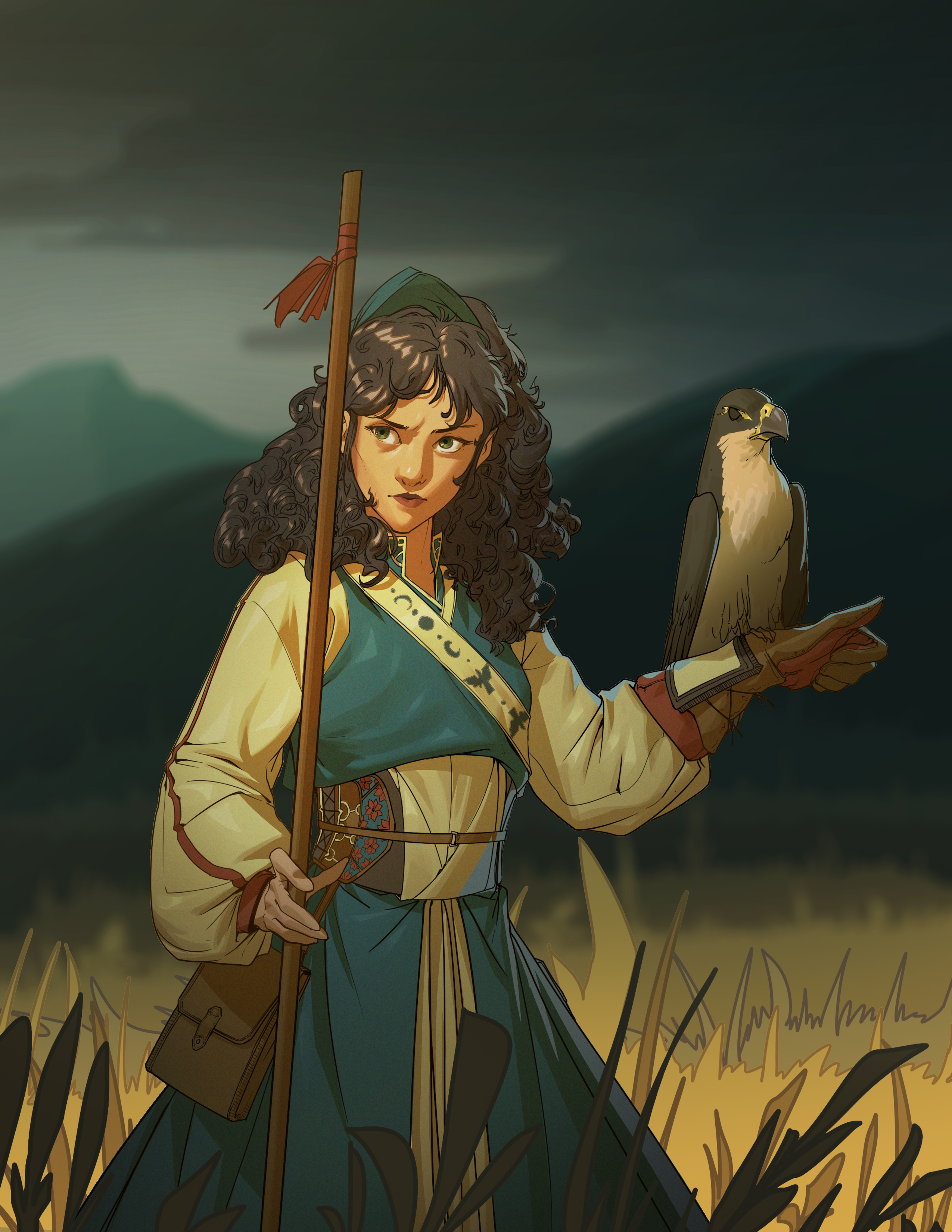
Indeed Lord of the Rings is an apt example, because it's a direct touchstone for Legend in the Mist. Though the core system will work with whatever fantasy setting you choose, its default setting, Hearts of Ravensdale, focuses on a specific fantasy feel that's particularly evoked in its gorgeous artwork. Featuring unlikely heroes, "low, hidden magic", and pastoral landscapes, it feels familiarly Tolkien-esque but with elements of folklore and fairytale.
"We didn't want it to be super high fantasy or super flashy," says Pinal. The term the team has coined is "rustic fantasy". "The word 'rustic' just started coming up as what the feel should be… I want the characters to feel like they live in the world and that world is mostly rural, not big cities. They don't live in Gondor, they live in Rohan, if you get my meaning!"
"We really thought a lot about whether we should mention Lord of the Rings as an inspiration," says Moshe. "Because it's so trite, and everybody thinks that Dungeons & Dragons is Lord of the Rings, which it absolutely is not! Yes it inherited some of the races and stuff, but in D&D, an elf is just like a person with pointy ears. They behave the same way, they have the same vices… That sense of the hidden and the spiritual is just dumped, and we wanted to bring that back to life."
Over hill, over Dales
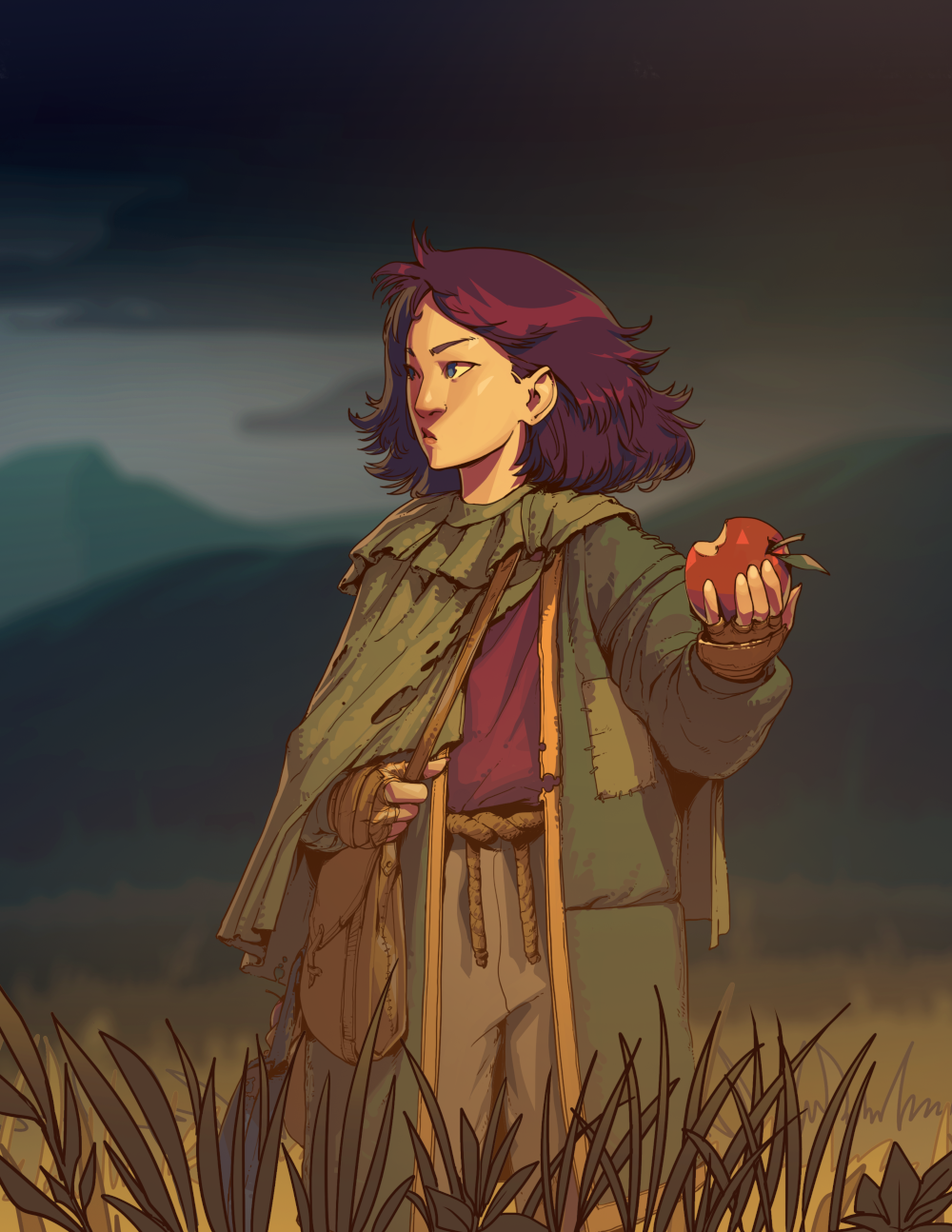
The Hearts of Ravensdale setting will begin with the Dales, "a mountainous region with a lot of different valleys in it", home to scattered villages that have been "sheltered" from the outside world by forces its inhabitants don't yet understand. When that protection falls and invaders come, heroes must rise to protect their homes.
"The peace is disturbed and suddenly people there start realising that there are greater forces in the world," says Moshe. "It's very similar to a lot of fantasy stories that you know, but it's [the part that's] kind of always skipped."
As the campaign unfolds, the players will learn about the magic, creatures, and history of the world alongside their formerly sheltered characters.
"The very rich lore that we built influences what you see in this world, but it also influences what you don't see," says Moshe. "And I think this is something Daniel and I are playing a lot with, this kind of unseen magic, as opposed to the fireworks that we're used to and saturated scenes with magic everywhere. Here, magic is something that you actually can't see for the most part—you can see its effects, but it's quite invisible, and it builds that feeling of mystery."
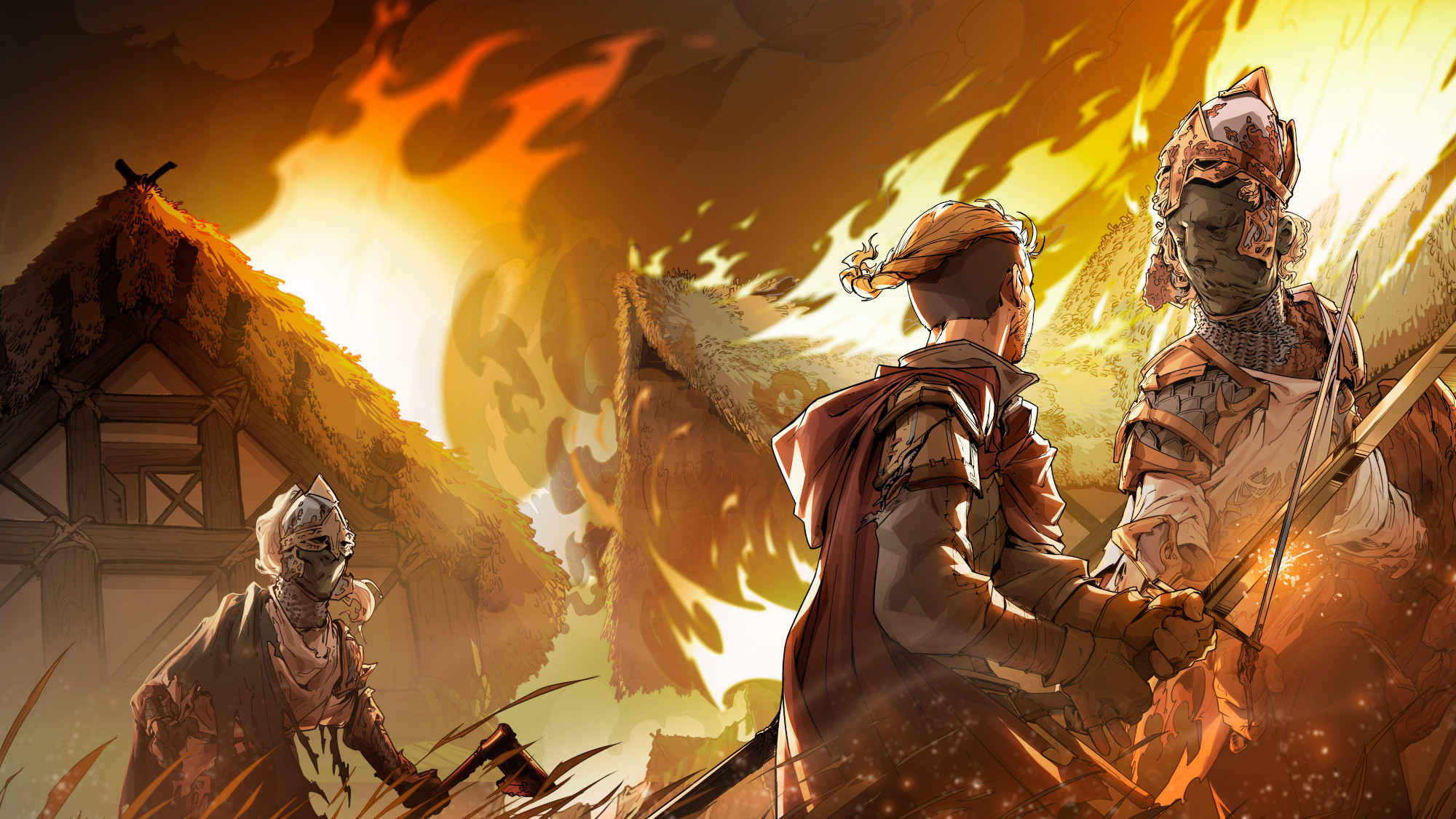
The role of art in RPGs is not so much to dictate what the game should look like and what you should be imagining, but to open up your imagination to what the game can be.
Daniel Pinal, lead artist
It's a fun and intriguing premise in writing, but at this early stage what really sells the atmosphere it's going for is the artwork plastered generously all over the Kickstarter page (and this article). The characters—many of them playable as 'pregens', characters already written up for players to use if they don't want to make their own from scratch—have a grounded feel that makes them look the part of the inhabitants of this rural world. Some have the grizzled faces of veterans, but most are fresh-faced and wide-eyed, ready for their first adventure.
"The world is always, at least in my perspective… it's always way bigger than [the characters]," says Pinal. "They're always like the little dude in the middle of the great plains. And the characters are connected to their environment. They're always connected to the larger story, but they are still grounded in the setting."
It's the art that gives you your first impression of a TTRPG—and especially in a genre as busy as fantasy, it's often what decides which games thrive and which wither in the community. But Pinal's also interested in how the art continues to shape your experience once you get the game to the table.
"I think what is very important when you are talking about narrative is being able to pull everyone to the same kind of touchstone of what the game can be and what the tone is, so you don't have people pulling in different directions," he says. "So to me, the role of art in RPGs is not so much to dictate what the game should look like and what you should be imagining, but to open up your imagination to what the game can be and what you can imagine with it."
Forgotten realms
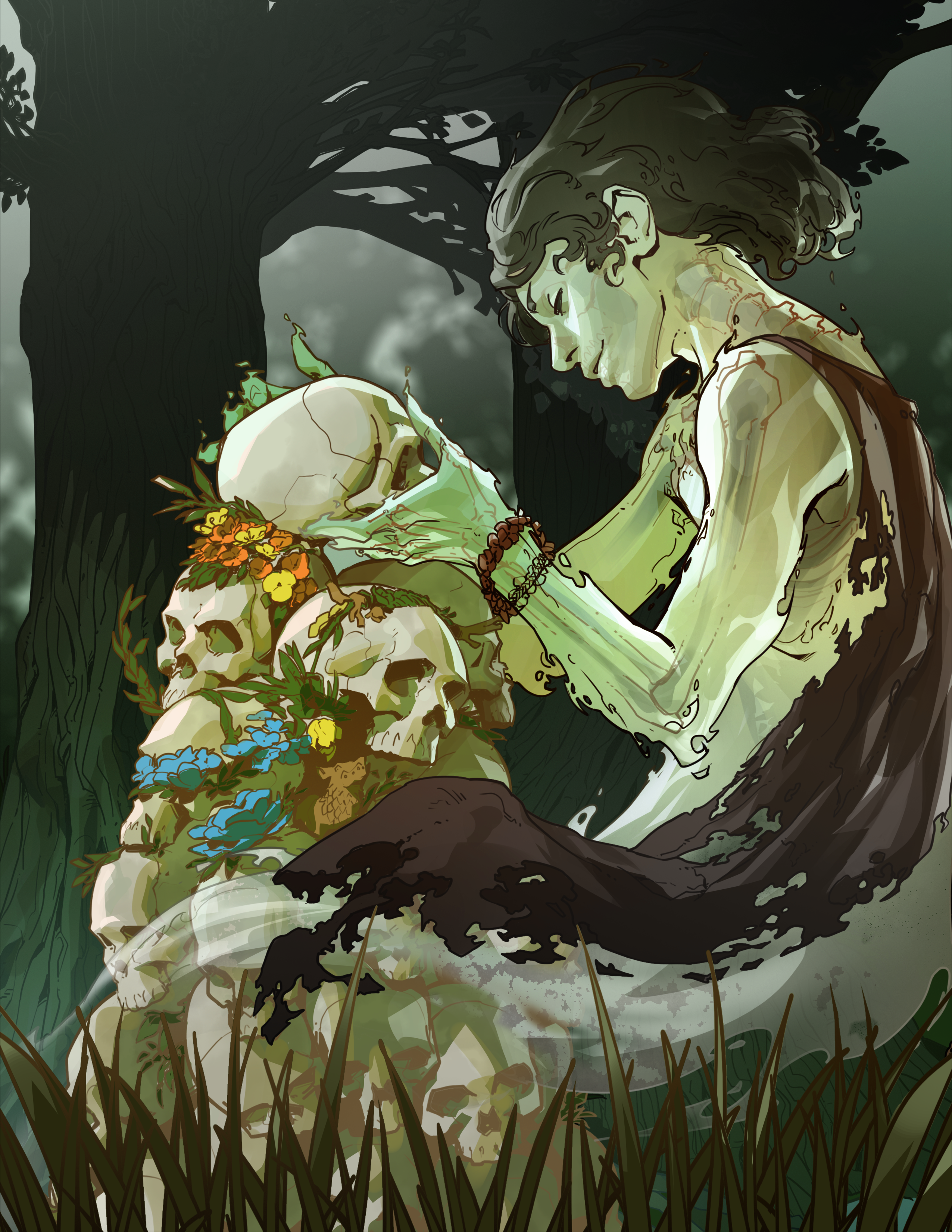
This is what fantasy is about. We want to discover the secrets of the past.
Amit Moshe, creative director
Players will get to experience that for themselves when the game releases in March 2025—but what can we expect beyond that? When I asked Moshe about future plans, we didn't yet know what a smash hit the crowdfunding campaign would be, but already he was excited about how the game could expand.
"If it's successful, everybody loves it, we're going to start building out the regions that are immediately around the Dales, and then like a third circle out from there," he says. "And the whole idea is that the lore becomes deeper and deeper as you go out from the Dales. We start with whatever you're able to know [as a villager], then you venture into the Wanderlands or into the Witchwood or into one of those regions that are around, and you learn more and more about the world. Because in a way, this is what fantasy is about. We want to discover the secrets of the past.
"And you also start learning what the creatures are that populate this world. The people in the Dales think that all of the monsters and creatures and fairies are one thing—they call them 'Creatures of Twilight', they don't differentiate between them. They don't know what these creatures are, and we're going to slowly reveal it. It's kind of an antidote to the feeling that you get with Dungeons & Dragons, where, like, you see a Tarrasque, and you know exactly what the stats are. It's like 'Sure, whatever, it's a Tarrasque, here's how we kill it'. There's no wonder anymore. So we're trying to create characters and creatures and beings that you don't know what they are, and you wonder."
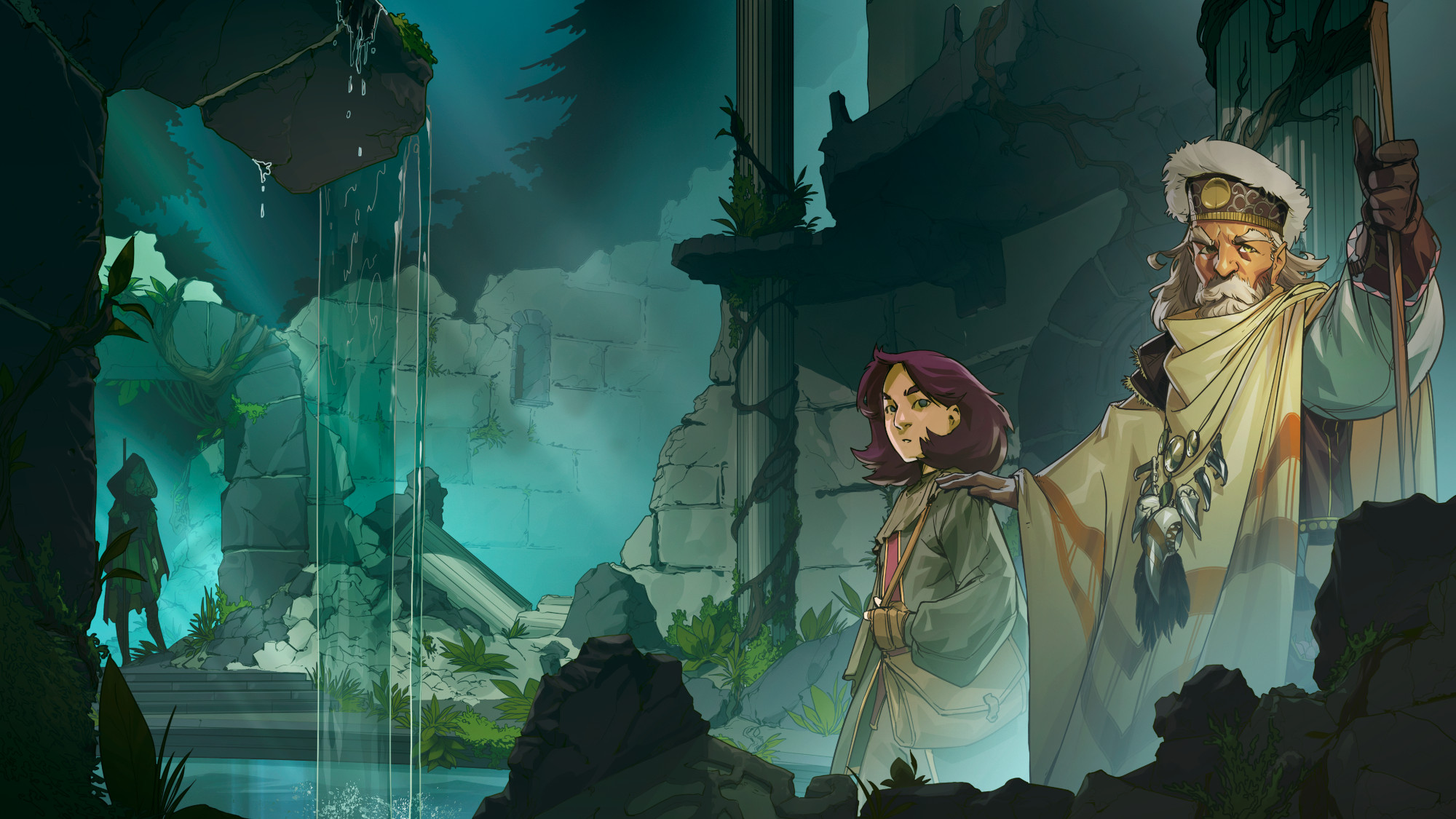
With D&D's specific vision of fantasy still so enormously dominant in the hobby, it's fascinating to see how many other tabletop RPG designers are pushing back with their own distinct perspectives—a trend that feels like it's only accelerating in the wake of Wizards of the Coast's remarkably self-destructive OGL misfire last year. Whether Legend in the Mist can draw players away from D&D or indeed everything from Pathfinder to The One Ring to Blades in the Dark to Swords of the Serpentine, remains to be seen—but its blend of narrative-driven design and more subtle fantasy certainly feels fresh to these jaded old dungeon-crawling eyes. If you're similarly intrigued, head to the Kickstarter page or check out the free demo to join Son of Oak on its grand new adventure.

Formerly the editor of PC Gamer magazine (and the dearly departed GamesMaster), Robin combines years of experience in games journalism with a lifelong love of PC gaming. First hypnotised by the light of the monitor as he muddled through Simon the Sorcerer on his uncle’s machine, he’s been a devotee ever since, devouring any RPG or strategy game to stumble into his path. Now he's channelling that devotion into filling this lovely website with features, news, reviews, and all of his hottest takes.

